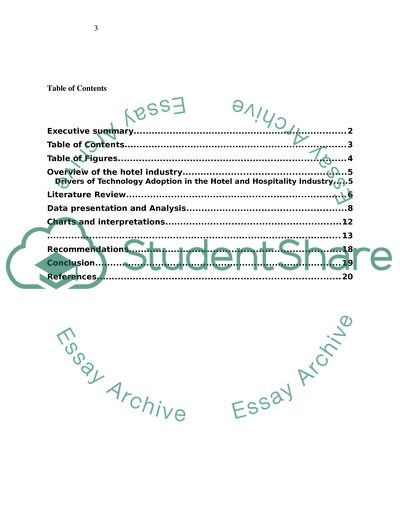Cite this document
(“Impacts of Information Technology Systems on Hotels Essay”, n.d.)
Retrieved from https://studentshare.org/tourism/1692426-impacts-of-information-technology-systems-on-hotels
Retrieved from https://studentshare.org/tourism/1692426-impacts-of-information-technology-systems-on-hotels
(Impacts of Information Technology Systems on Hotels Essay)
https://studentshare.org/tourism/1692426-impacts-of-information-technology-systems-on-hotels.
https://studentshare.org/tourism/1692426-impacts-of-information-technology-systems-on-hotels.
“Impacts of Information Technology Systems on Hotels Essay”, n.d. https://studentshare.org/tourism/1692426-impacts-of-information-technology-systems-on-hotels.


